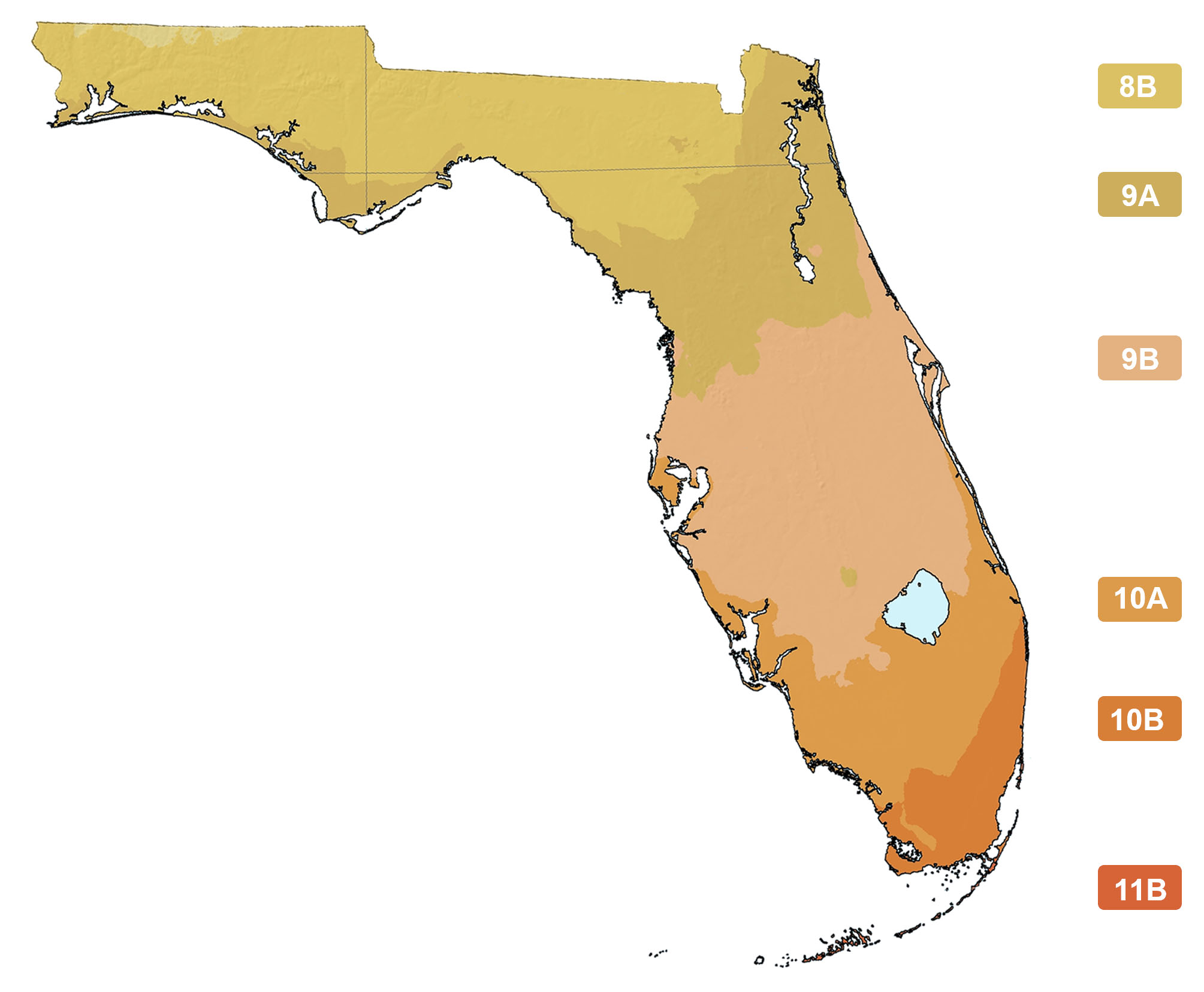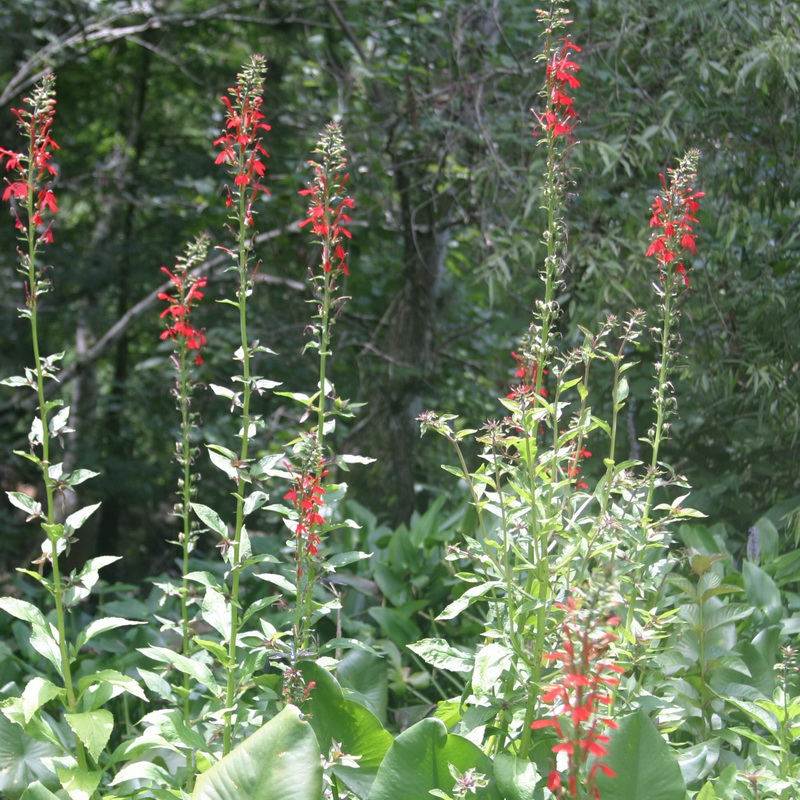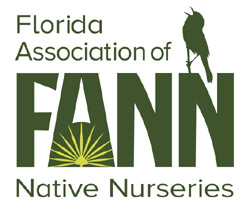Lobelia cardinalis
Photographs belong to the photographers who allow use for FNPS purposes only. Please contact the photographer for all other uses.
Cardinal Flower
Campanulaceae
Plant Specifics
| Form: | Flower | |
| Size: | 3-5 ft tall by 1 ft wide | |
| Life Span: | Short-lived perennial | |
| Flower Color: | Red | |
| Fruit Color: | Brown,NA | |
| Phenology: | Winter dormant. Blooms late summer-early winter. While perennial, some plants may die after flowering. | |
| Noted for: | Showy flowers |
Landscaping
| Recommended Uses: | Wildflower in moist garden, edge of water garden, understory plant in wet woods or stream edges | ||||||||||||||||||||||||||||||||||||||||||
| Propagation: | Seed, division, or cuttings. | ||||||||||||||||||||||||||||||||||||||||||
| Availability: | Native nurseries, FNPS plant sales, Seed | ||||||||||||||||||||||||||||||||||||||||||
| Light: | Full Sun, Part Shade, Shade | ||||||||||||||||||||||||||||||||||||||||||
| Moisture Tolerance: |
always floodedextremely dry |
||||||||||||||||||||||||||||||||||||||||||
| (Aquatic ----- to ----- Somewhat moist, no flooding) | |||||||||||||||||||||||||||||||||||||||||||
| Moisture Tolerance: | Aquatic ----- to ----- Somewhat moist, no flooding | ||||||||||||||||||||||||||||||||||||||||||
| Salt Water Flooding Tolerance: | Not salt tolerant of inundation by salty or brackish water. | ||||||||||||||||||||||||||||||||||||||||||
| Salt Spray/ Salty Soil Tolerance: | Low/no tolerance of salty wind or direct salt spray | ||||||||||||||||||||||||||||||||||||||||||
| Soil or other substrate: | Pond, lake, or stream bottom, Loam, Organic material (muck), Sand | ||||||||||||||||||||||||||||||||||||||||||
| Soil pH: | Acidic | ||||||||||||||||||||||||||||||||||||||||||
Ecology
| Wildlife: |
Attracts hummingbirds. | |
| Insects: | The nectar attracts various Swallowtail butterflies. Bumblebees will steal nectar through slits in the tubular corolla. Halictid bees sometimes gather pollen, but they are apparently ineffective at pollination (Hillty, ). | |
| Native Habitats: | Riverine swamps, spring run swamps, bogs, in mats of floating vegetation, wet ditches. |
Distribution and Planting Zones
Natural Range in Florida
USDA Zones
Suitable to grow in:
8A 8B 9A 9B

USDA zones are based on minimum winter temperatures




